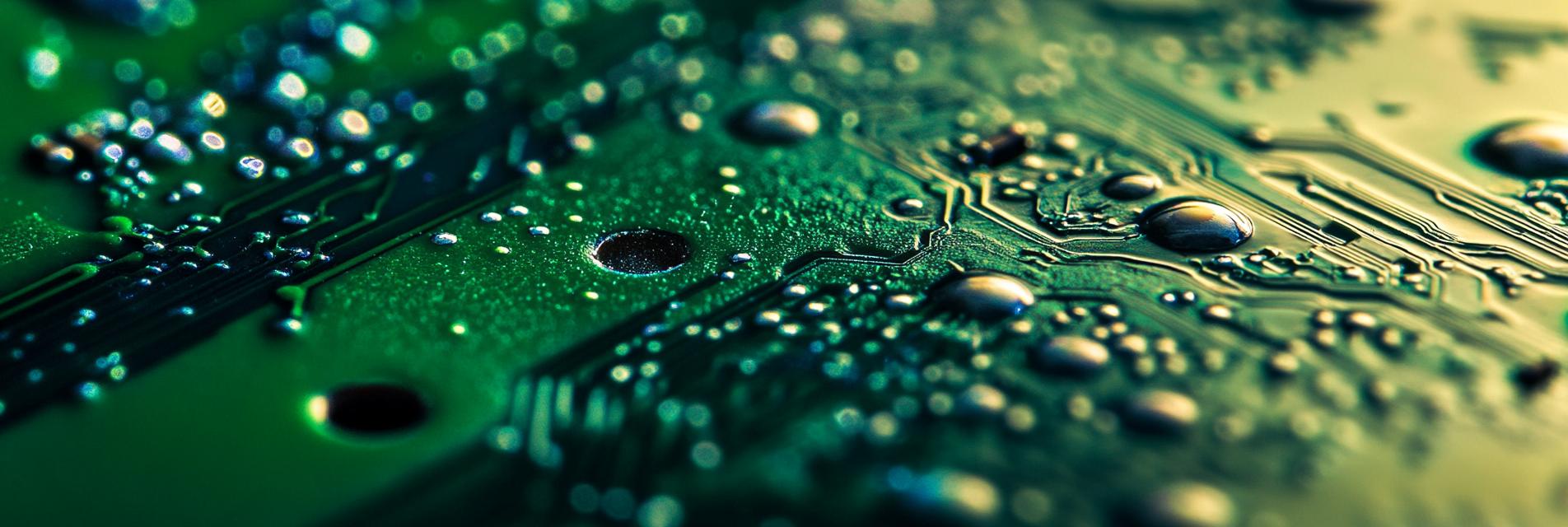The demand for advanced printed circuit boards (PCBs) that cater to a wide range of electronic applications has driven significant innovations in materials and manufacturing processes. One area of notable advancement is the development of green solder mask PCBs, which embrace both rigid and flexible technologies. This progressive integration not only enhances the performance and durability of electronic devices but also aligns with the industry's growing commitment to sustainability.
Green solder mask technology involves the application of a protective layer over the copper traces on PCBs, safeguarding them from environmental factors and ensuring reliable electrical performance. The choice of green is not merely aesthetic; it reflects the use of eco-friendly materials that meet stringent environmental regulations.

The hybridization of rigid and flexible PCB technologies presents numerous benefits. This combination allows for more complex design possibilities while reducing the overall footprint of the device. Rigid-flex PCBs are particularly advantageous in applications requiring multiple layers, such as in medical devices, aerospace, and consumer electronics.
Recent advancements in manufacturing processes for green solder mask PCBs have led to improved accuracy and efficiency. Automated techniques and precision printing methods reduce the risk of defects while enhancing the overall quality of the PCBs produced. Optimized production methods also contribute to lower costs, fostering a competitive market landscape.

The innovative combination of rigid and flexible technologies in green solder mask PCBs marks a significant milestone in electronic design and manufacturing. By leveraging these advancements, industries can produce more compact, efficient, and environmentally friendly electronic solutions that meet modern demands. As technology continues to evolve, the integration of sustainability into electronic manufacturing will remain a pivotal focus, paving the way for future innovations.
